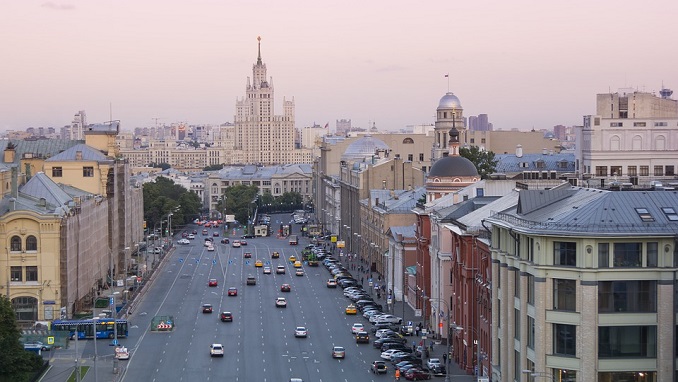Russia’s national statistics agency Rosstat has said in its latest assessment that small and medium-sized enterprises (SMEs) now make up just over a fifth of the country’s economy, RBC reported.
Russia defines SMEs as businesses employing fewer than 250 people, with annual revenues of under two billion rubles ($31 million), and meeting certain ownership and corporate governance rules.
Rosstat said the contribution of SMEs to Russia’s GDP fell to 20.2% in 2018 from 22% in 2017, according to most recently available data.
President Vladimir Putin wants to increase the importance of smaller companies to the Russian economy. Under his flagship National Projects scheme, Putin set an official target for SMEs to contribute one-third of Russia’s GDP by 2024, when he is set to leave the presidency. By the end of this year, small companies should make up 23.5% of the economy — three trillion rubles ($48 billion) above where they were at the end of 2018.
However, experts told RBC that small firms have been hit hardest by sluggish consumer demand in recent years, and that last year’s VAT hike could be responsible for a further deterioration in the sector in 2019, which would not yet have shown up in the Rosstat figures.
The Russian SME sector lags that of other countries. Under a different definition — just counting firms with under 250 employees — the Organization of Economic Cooperation and Development (OECD) found SMEs made-up 42% of Russia’s economy, compared to a typical level of 50-60% for developed nations.
“When taking the contribution of informal businesses into account, SMEs contribute to more than half of employment and GDP in most countries irrespective of income levels,” the OECD wrote in a 2017 report. “In addition, SME development can contribute to economic diversification and resilience. This is especially relevant for resource-rich countries that are particularly vulnerable to commodity price fluctuations.”












